Tour operators will tell you there is no guarantee you…
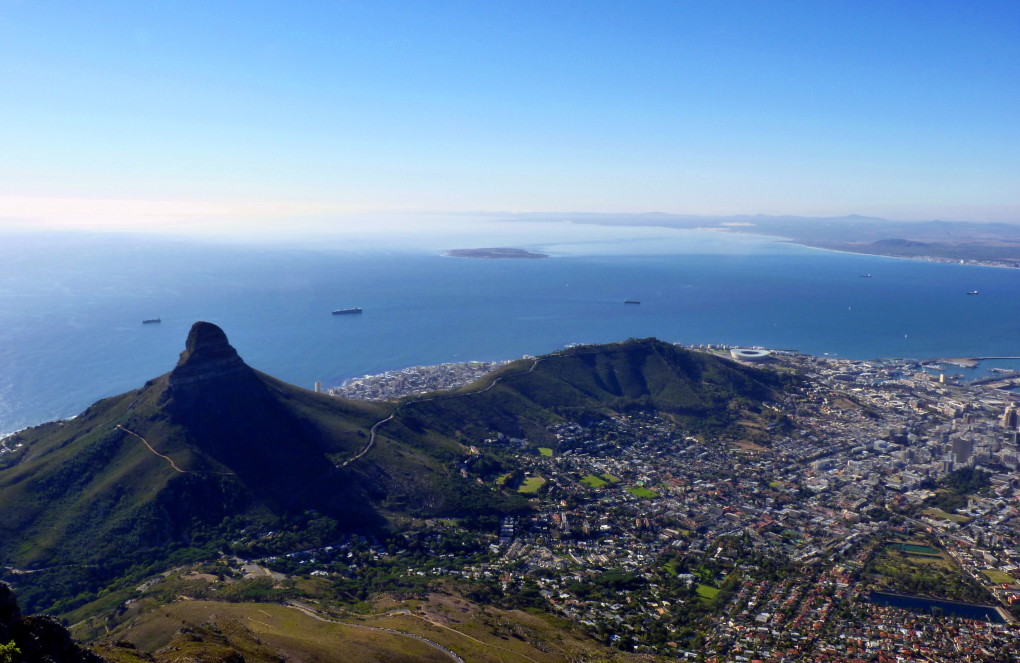
Is the Nelson Mandela Prison Tour Haunting or Hopeful?
It seems impossible that a man could spend 27 years in prison and then become President of his country and a hero in the hearts of many.
But it was done.
Nelson Mandela was imprisoned in 1963 because of his struggle against the South African government’s oppression of people of colour. Eighteen of his 27 years as a political prisoner were spent on the infamous Robben Island. Now a museum and a UNESCO World Heritage Site, the island sits 9 kilometres (almost 6 miles) offshore from Cape Town, South Africa. In all, 3000 political prisoners were held there, with the last ones freed in 1991.
The Tour
The only way to visit the Island is by taking a tour offered by the Robben Island Museum, which leaves from the Nelson Mandela Gateway at Cape Town’s V & A Waterfront. The tour has six departures daily and takes about 3.5 hours, including the 30 minute ferry ride to the island and back. It’s a good idea to book the tour a few weeks in advance.
On a clear day, and on the sunset return of the last ferry, you’ll have wonderful views of the Cape Town waterfront and Table Mountain. I really can’t imagine what it must have been like to get on that boat, after having received a life sentence, and to look back at these scenes receding into the distance.
Robben Island looks nothing like Cape Town. It’s flat and desolate, with seemingly fitting mists rolling in. Upon arrival, visitors are herded into buses for a 45-minute tour of the island. Despite the ‘herding’ feeling, the tour commentary is enlightening.
The island has been used since the 17th century to banish people. It’s been a prison, a leper colony and a mental institution.
One of the stops is at the limestone quarry, where prisoners were forced into hard physical labour. Many of the prisoners suffered permanent damage to their eye sight as a result of the work here. It’s why the media were not allowed to take flash photos of Mandela.
Nelson Mandela called Robben Island, ‘the University’, and the quarry was one of its classrooms. The educated prisoners formed a faculty and conducted seminars as they worked. A key topic was the struggle for freedom. Despite the hard labour, they were determined to never lose hope.
The Prison
The heart of the tour is in the maximum security prison itself. That’s because the tours are guided by former political prisoners, offering personal accounts of prison life. Amazingly, they tell their stories without bitterness. But, they don’t hold back on the truth either.
Upon arrival, prisoners were divided into sections, with political prisoners being put into the lowest classification. That meant they had the least amount of privileges. For example, they were entitled to only one visitor and to write and receive one letter (which was heavily censored) every six months. Beatings, prolonged solitary confinement and insufficient food, bedding and clothing were endured for many years.
Those of African origin were given less food than others, mostly ‘mealie meals’, a porridge made from ground corn. As Mandela said in his memoir, Long Walk To Freedom, “The authorities liked to say that we received a balanced diet; it was indeed balanced — between the unpalatable and the inedible.”
As our guide spoke, there was a hush among the group. You can ask any questions, but the talk and this place hit hard.
On the way to the single cell section of the prison, we pass a garden, where Mandela grew vegetables. It’s also where he and his colleagues buried, in three parts, the original manuscript of his memoir. One part was found, and Mandela lost his study privileges for four years. Fortunately, a copy had already been smuggled out.
Nelson Mandela’s Prison Cell
The room speaks for itself. It measures 8 x 7, containing a thin mat on the floor and a bucket, to use as a toilet. The light was kept on at all times. This is where Mandela spent most of his 18 years on Robben Island.
It’s the most poignant moment of the tour. Almost unbelievable. But it happened, and not so very long ago.
The ferry ride back to the mainland is quiet and contemplative.
A Symbol
So, is the tour haunting or hopeful? The answer is yes. It’s both. Should you go? Absolutely.
To visit is to gain a deeper understanding of the level of oppression and brutality that occurred there, and, indeed, in South Africa generally, under the Apartheid regime. Seeing it, I can not comprehend how prisoners moved forward with forgiveness. At the same time, the place is an incredible symbol of the triumph of the human spirit.
Nelson Mandela said it better:
Today when I look at Robben Island, I see it as a celebration of the struggle and a symbol of the finest qualities of the human spirit, rather than as a monument to the brutal tyranny and oppression of apartheid. It is true that Robben Island was once a place of darkness, but out of that darkness has come a wonderful brightness, a light so powerful that it could not be hidden behind prison walls…
More Information:
Tour details: Robben Island Museum
Tourism Information: South Africa Tourism, Cape Town Tourism
Spending 5 days in Cape Town? Get the Perfect One Week Itinerary
Suggested Reading: Long Walk to Freedom: The Autobiography of Nelson Mandela, Conversations with Myself

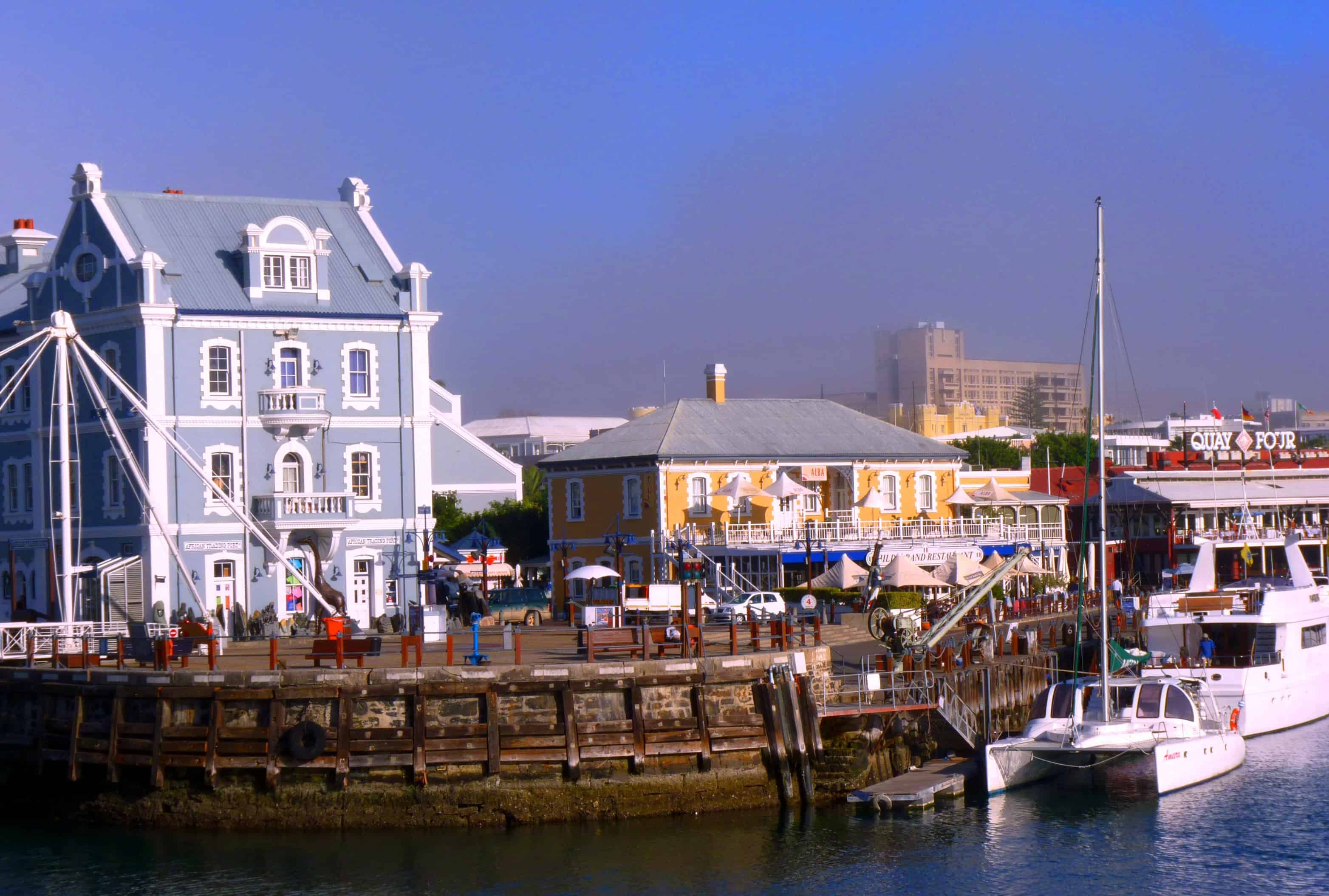
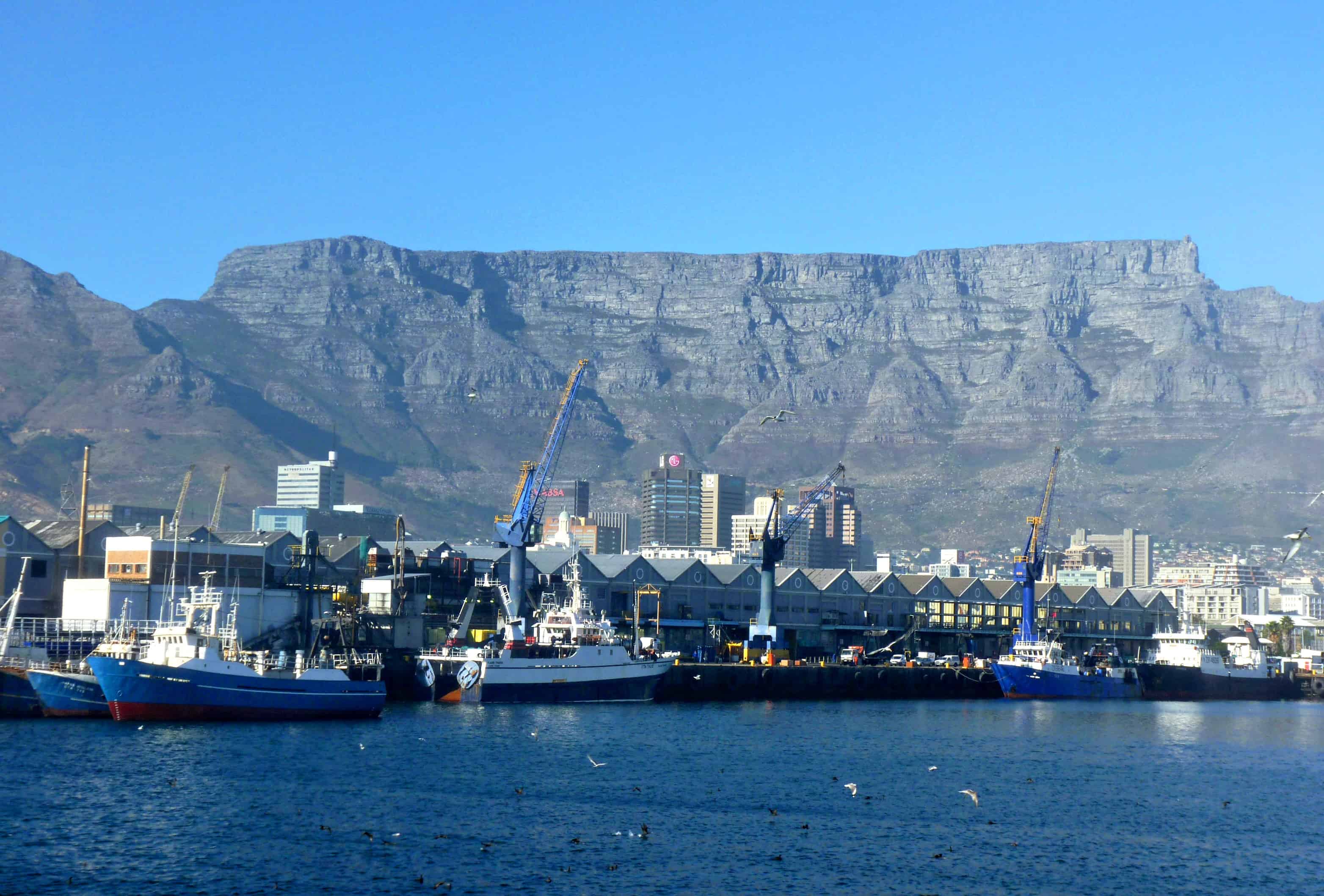
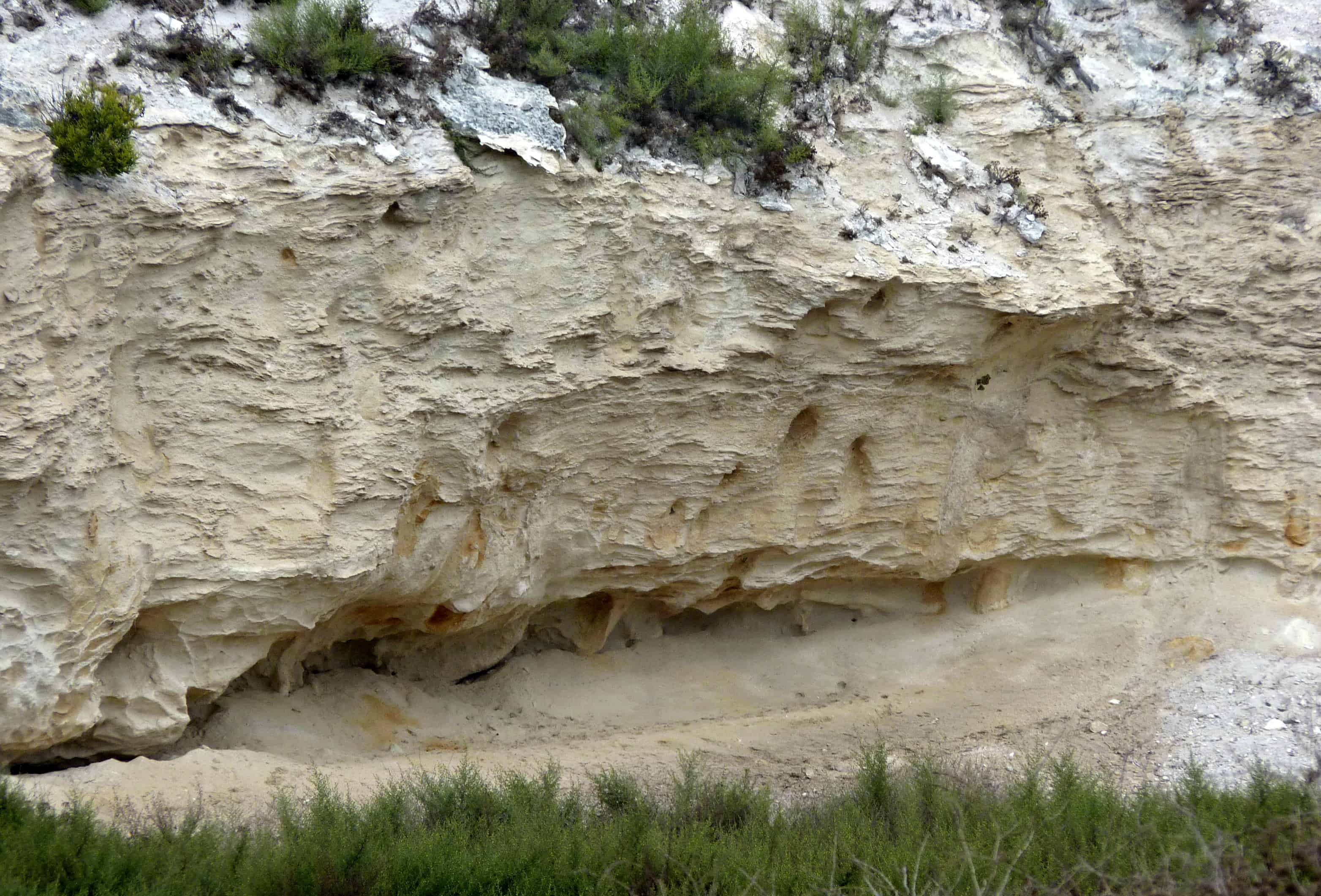
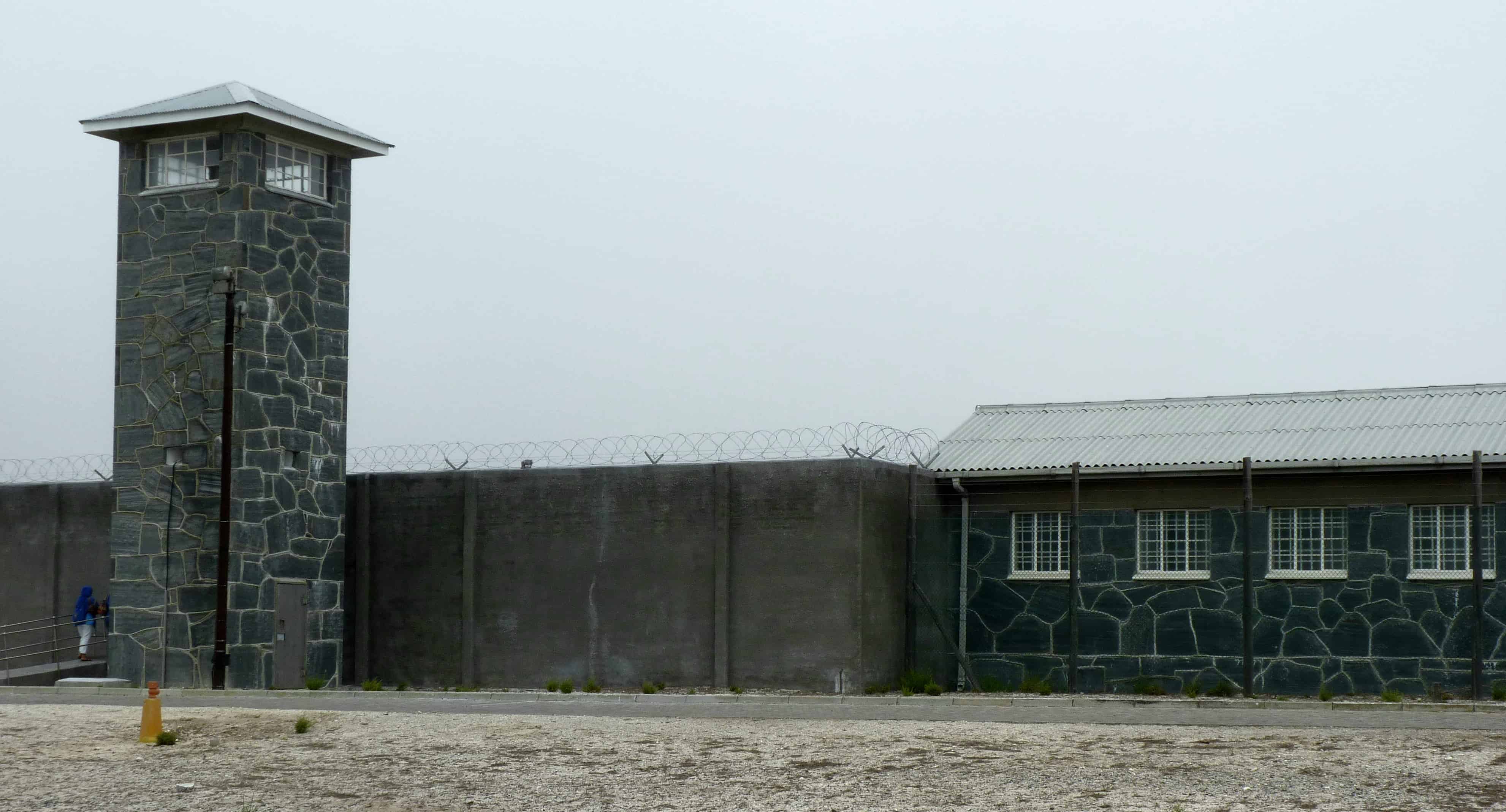
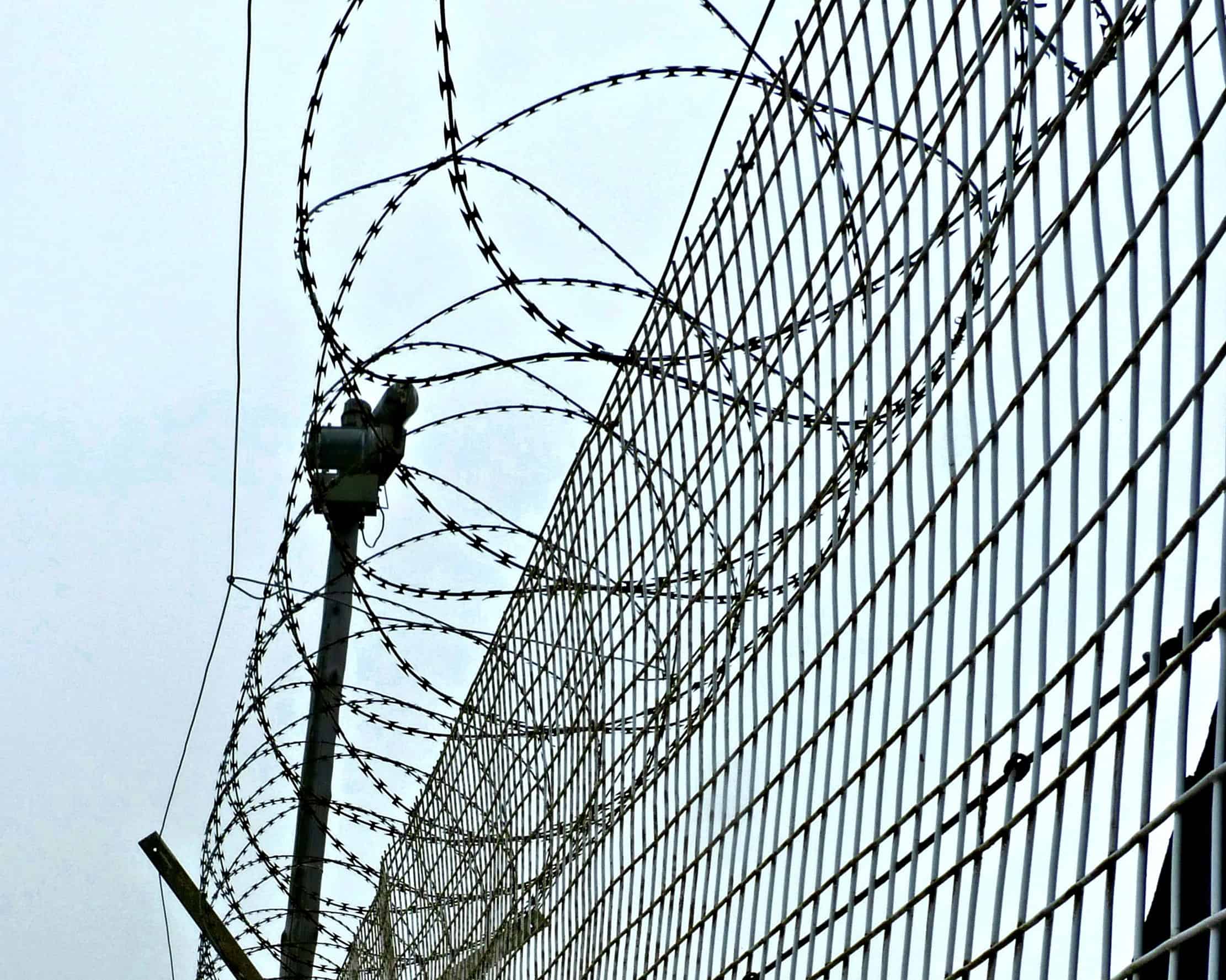
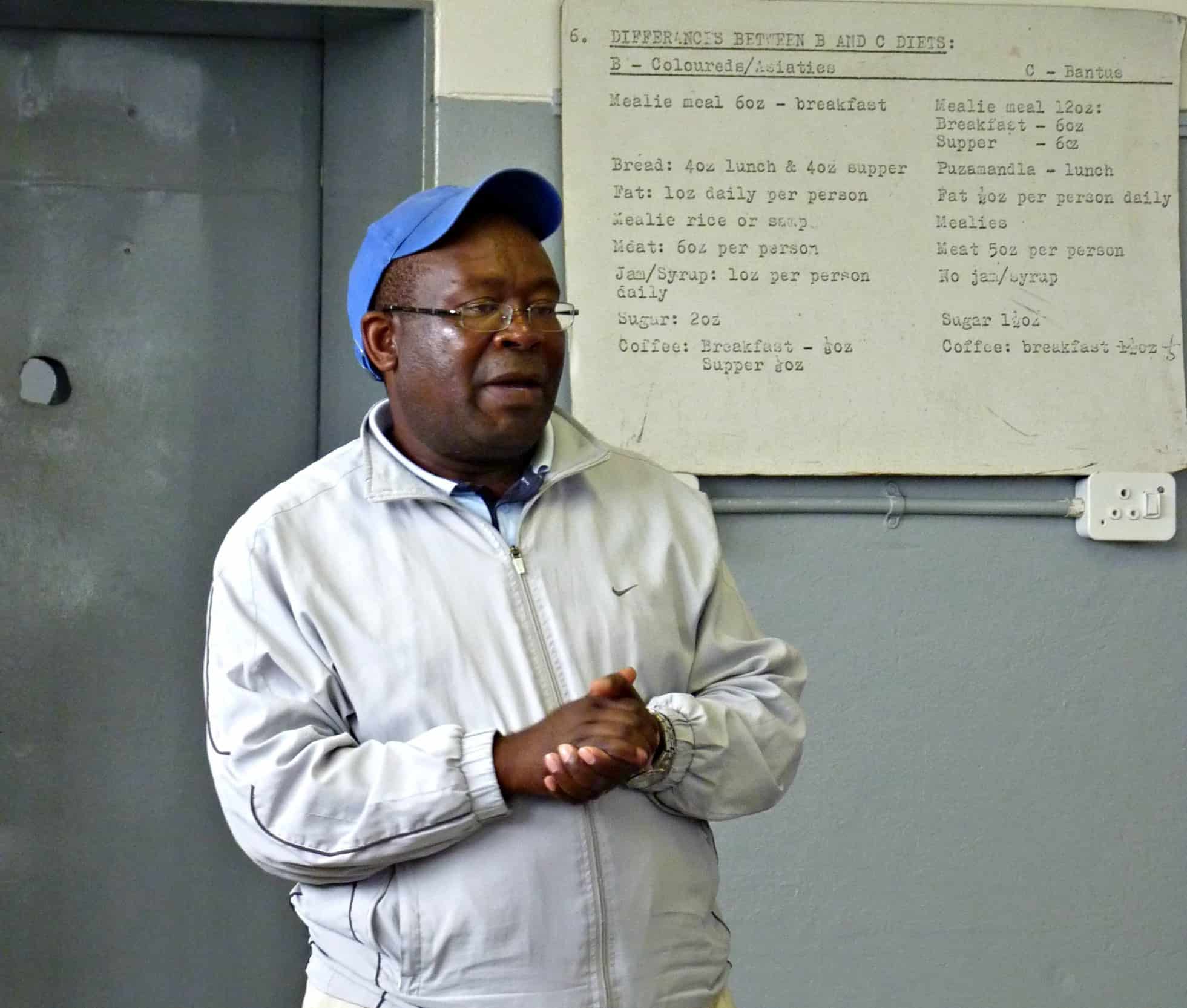
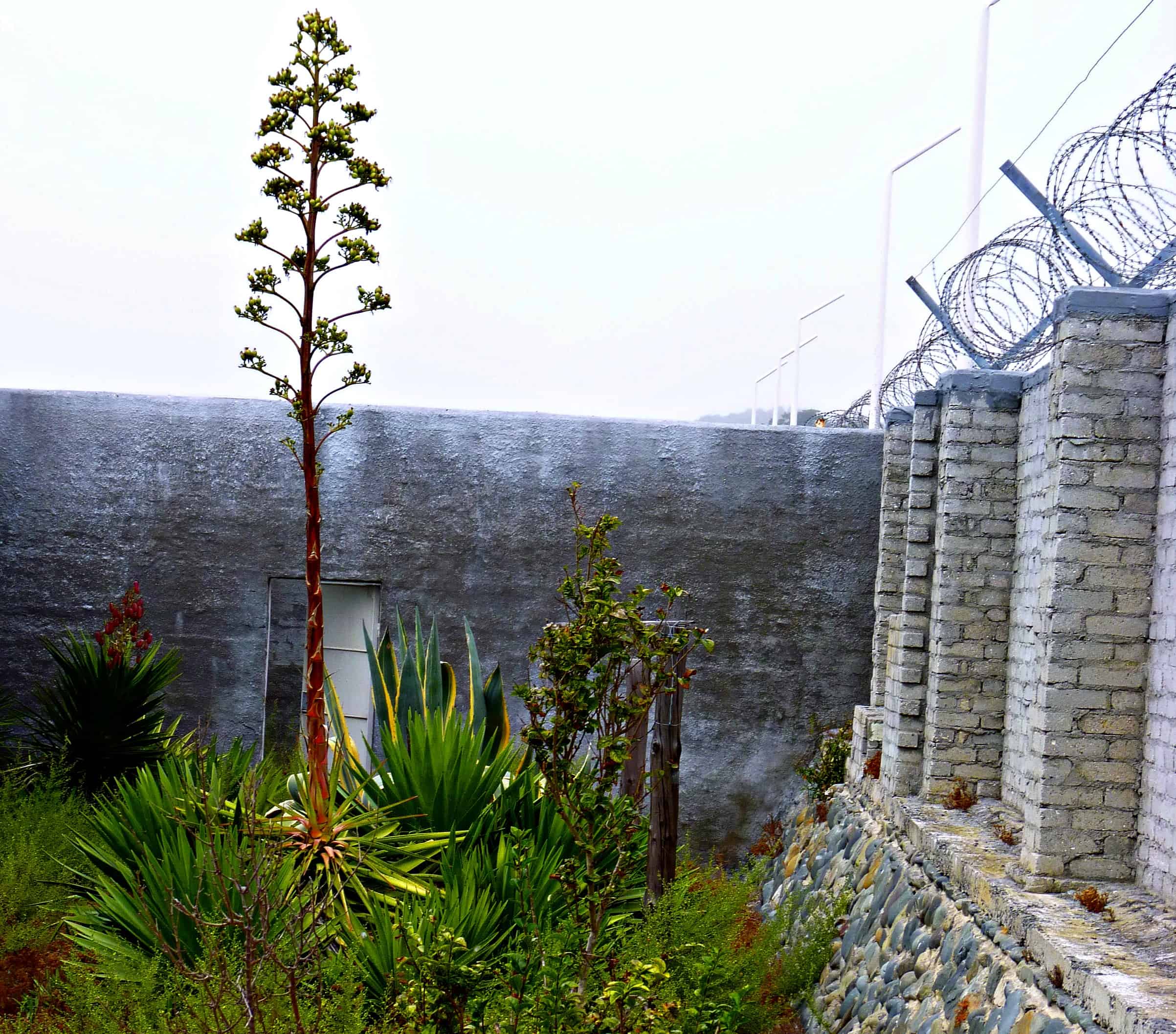
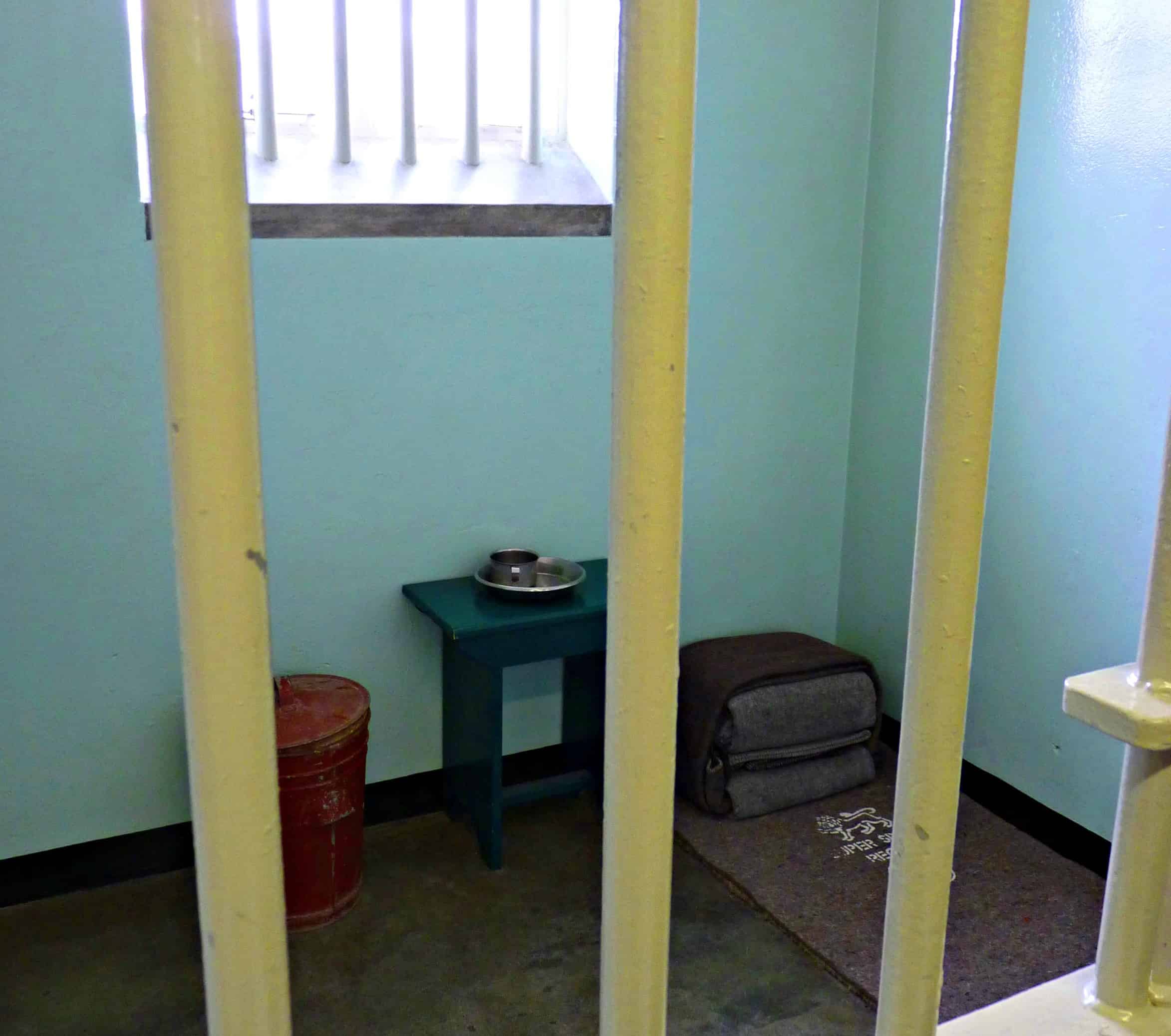
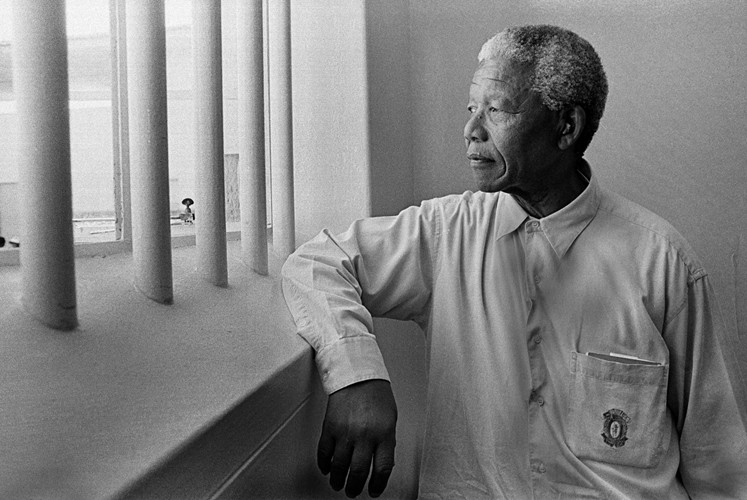


Thanks for this. Mandela was an amazing man, and that he survived this to do what he did is a testament to that. Thanks for the reminder of that, and of how cruel man can be, and how even those depths of cruelty can be overcome.
Thank you for your comment, Tom. Well said.